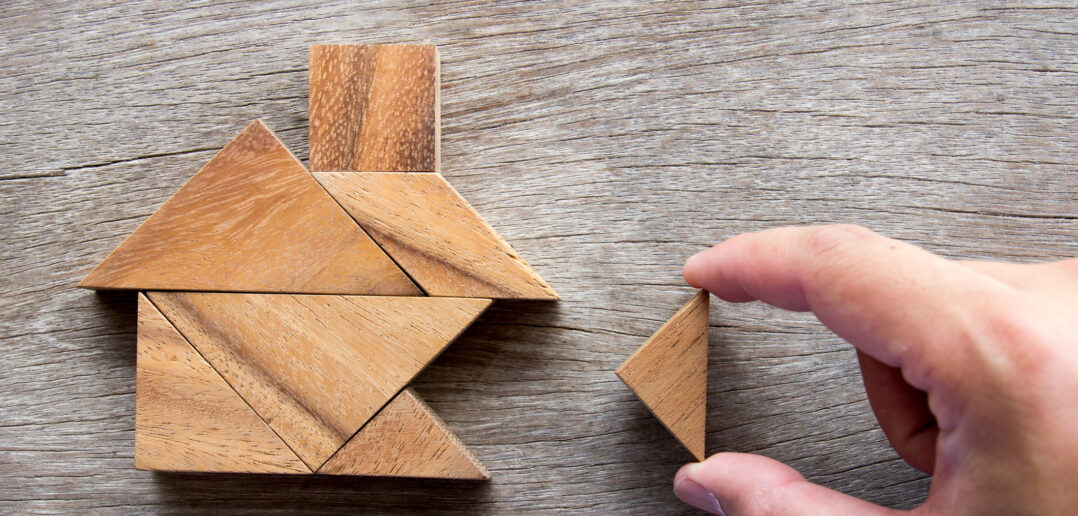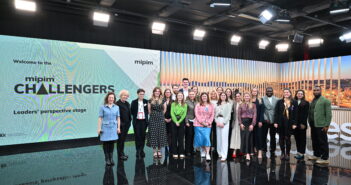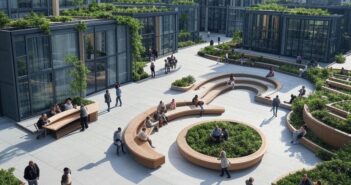In the past decade, office buildings, housing developments, and even skyscrapers made of wood have been sprouting up in urban centers from London, to Tokyo, to Paris. Thanks to a new innovation known as cross-laminated timber (CLT)—the layering, glueing, and pressing together of wood into 50cm thick panels—construction is undergoing a revolution. And one with huge positive potential impacts on ecology and emissions.
After spending 18 years as CEO of Unibail-Rodamco, which, as one of the world’s largest property companies, owns and operates large shopping centers around the world, Guillaume Poitrinal decided to launch his own business. “By chance, my wife had set up a holding company doing construction with wood”, he says. They were mainly single houses, but both her company and his decision to leave his old position both aligned with the COP21 climate change conference in Paris.
Though he “discovered global warming and low carbon only six years ago”, Poitrinal swiftly realized that the real estate industry was “very far behind compared to all other industries”.
“The car industry was inventing the electric engine, the older energy makers were thinking about wind turbines, about solar cells, and us, you know, we were basically doing the same thing that we had been doing for 20 years”, he says.
As he delved deeper into the mechanics of climate change and a need to reduce global CO2 emissions, Poitrinal realized that real estate is an integral piece of the equation. According to estimates from the United Nations, real estate is responsible for 40% of the world’s energy consumption and 30% of all carbon emissions. But while most efforts towards sustainable building have been put into a building’s energy use, as Poitrinal points out, 60% of a building’s carbon footprint is actually about construction.
“And I discovered that there was a unique, fantastic, immediate, old and new at the same time building material”, he says. “Wood”. And so he purchased and expanded Paris-based Woodeum now dedicated to residential developments. And WO2, its sister company specialized in office buildings, is currently building a 125,000 square meter office campus near the La Défense business district.
“Wood is a low carbon building material for one single reason. The tree spends its life eating the CO2 molecule, keeping the carbon and sending the oxygen] into the atmosphere. So if you have trees growing, what you basically have is a big pump, pumping the CO2 [out of the atmosphere]”.
Using wood for construction, rather than trees dying and decaying, is a means of ensuring that wood acts as a carbon sink. According to a paper[i] written by Chad Oliver, the director of the Global Institute of Sustainable Forestry at Yale University, “Swapping steel, concrete, or brick for wood and specially engineered wood equivalents would drastically cut global carbon dioxide emissions, fossil fuel consumption and represent a renewable resource”.
Woodeum’s objective was “simple”, Poitrinal says. “To divide the CO2 emissions over the lifecycle of a building in half”. Overall, he continues, they discovered that building with wood is twice as fast as building with concrete, and requires fewer trucks involved in transport. “We divided by 8 the number of lorries needed for construction—a factor of 8!” he exclaims with enthusiasm.
Poitrinal says that Woodeum builds roughly 1 000 homes per year in the Paris region, along with a handful of buildings and hotels, but see rapid expansion looming. Not just due to the ecological promise of CLT, but because it’s an aesthetic winner with a proven, durable, and timeless appeal.
“Wood is a fantastic material to live in”, he says, “everybody wants to live in wood”.
[i] Oliver, C. 2014. Swap steel, concrete, and brick for wood – wooden buildings are cheaper and cleaner, https://theconversation.com/fr



